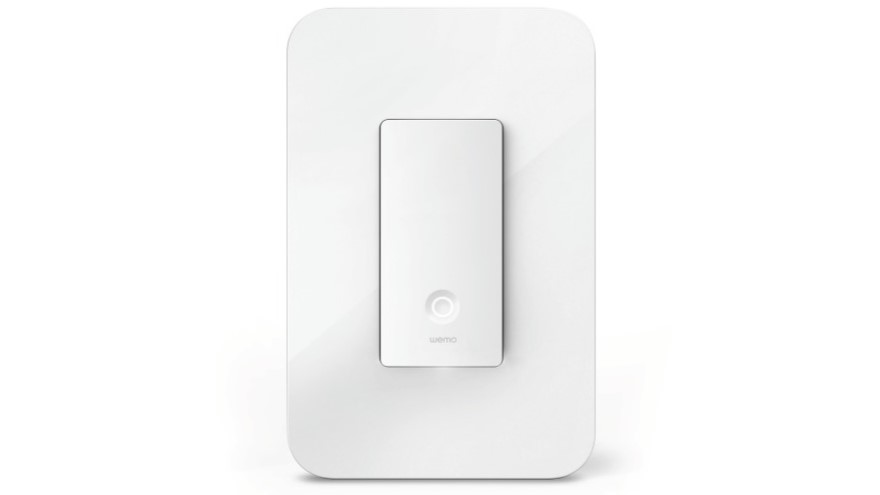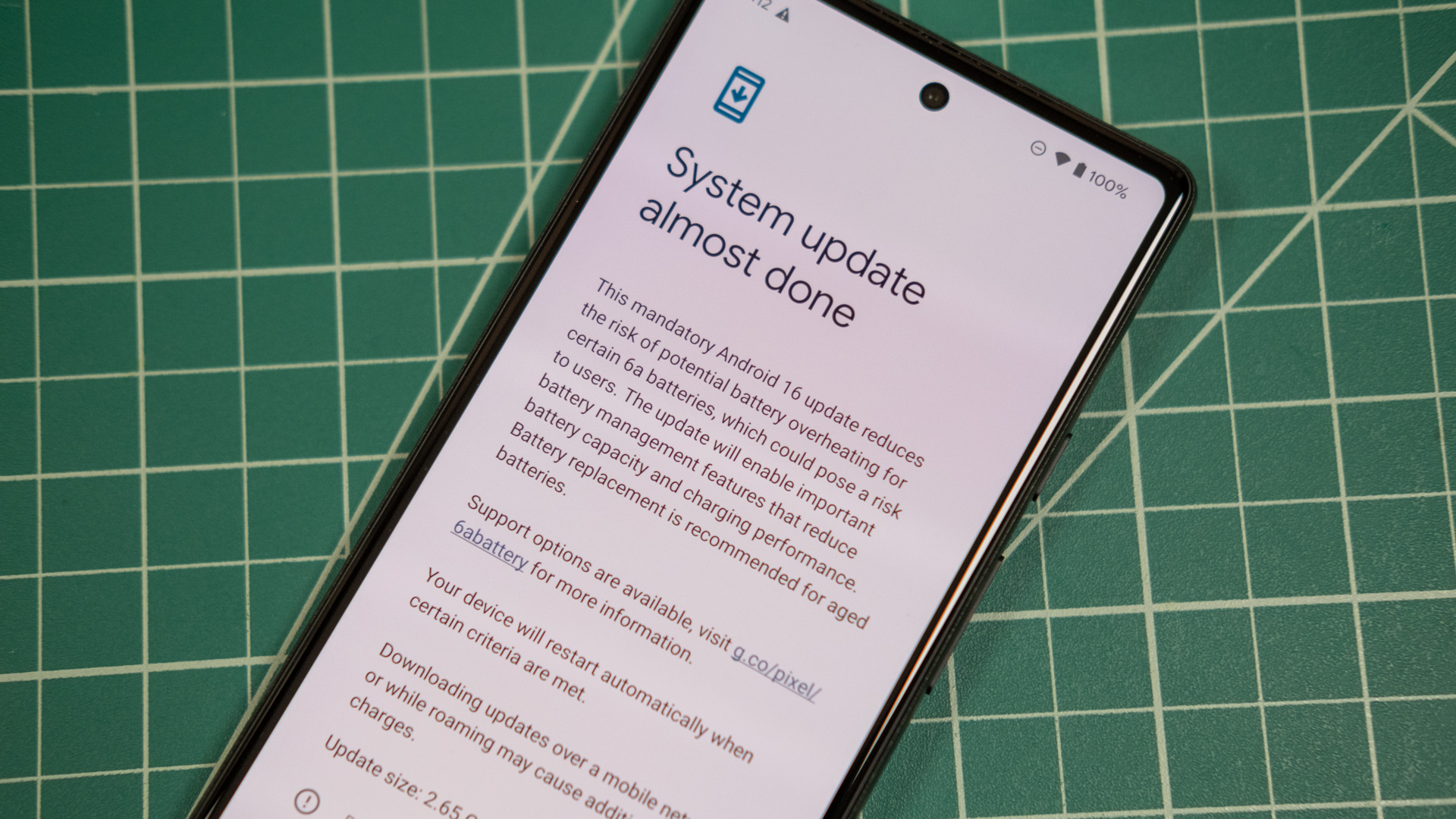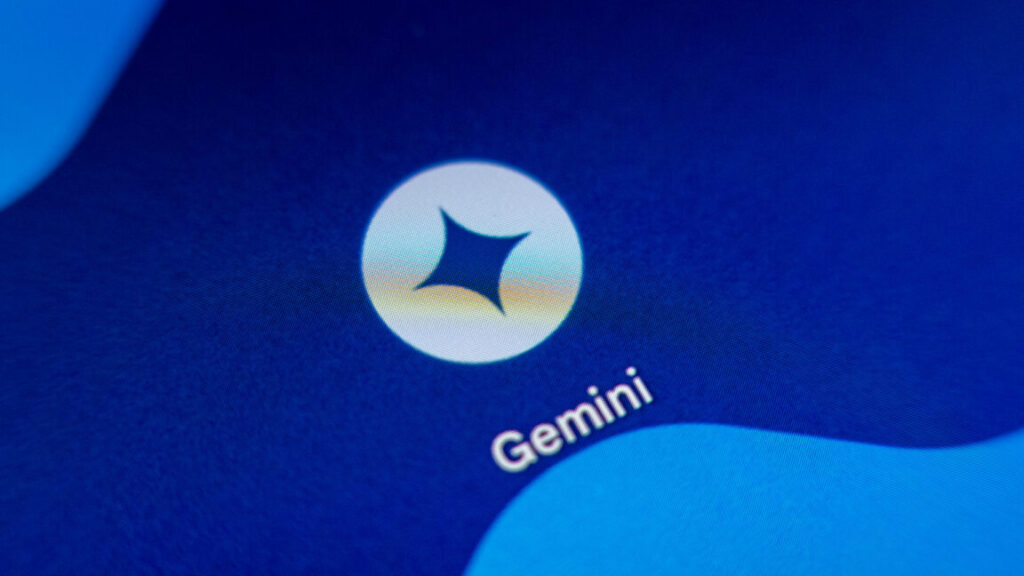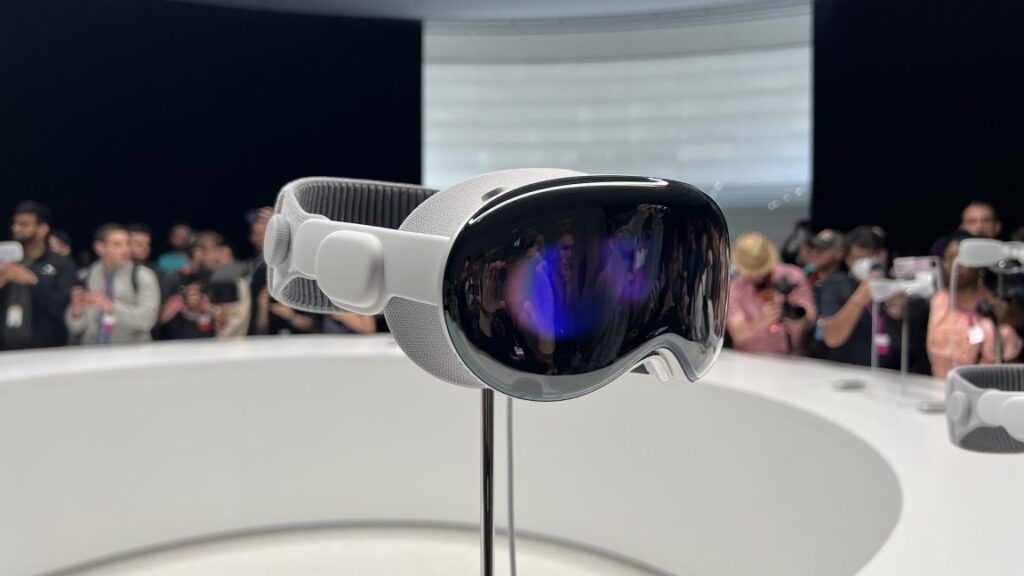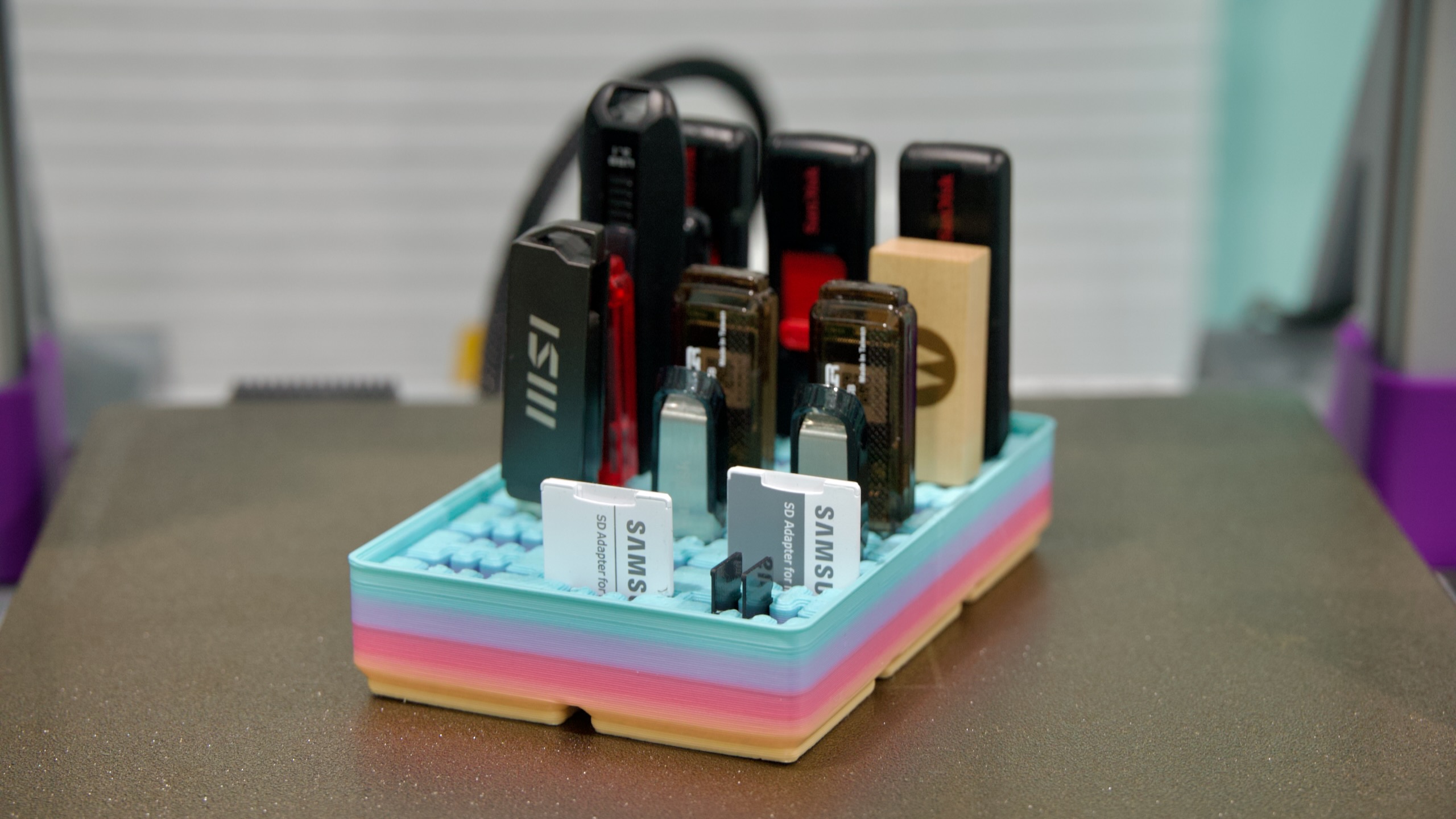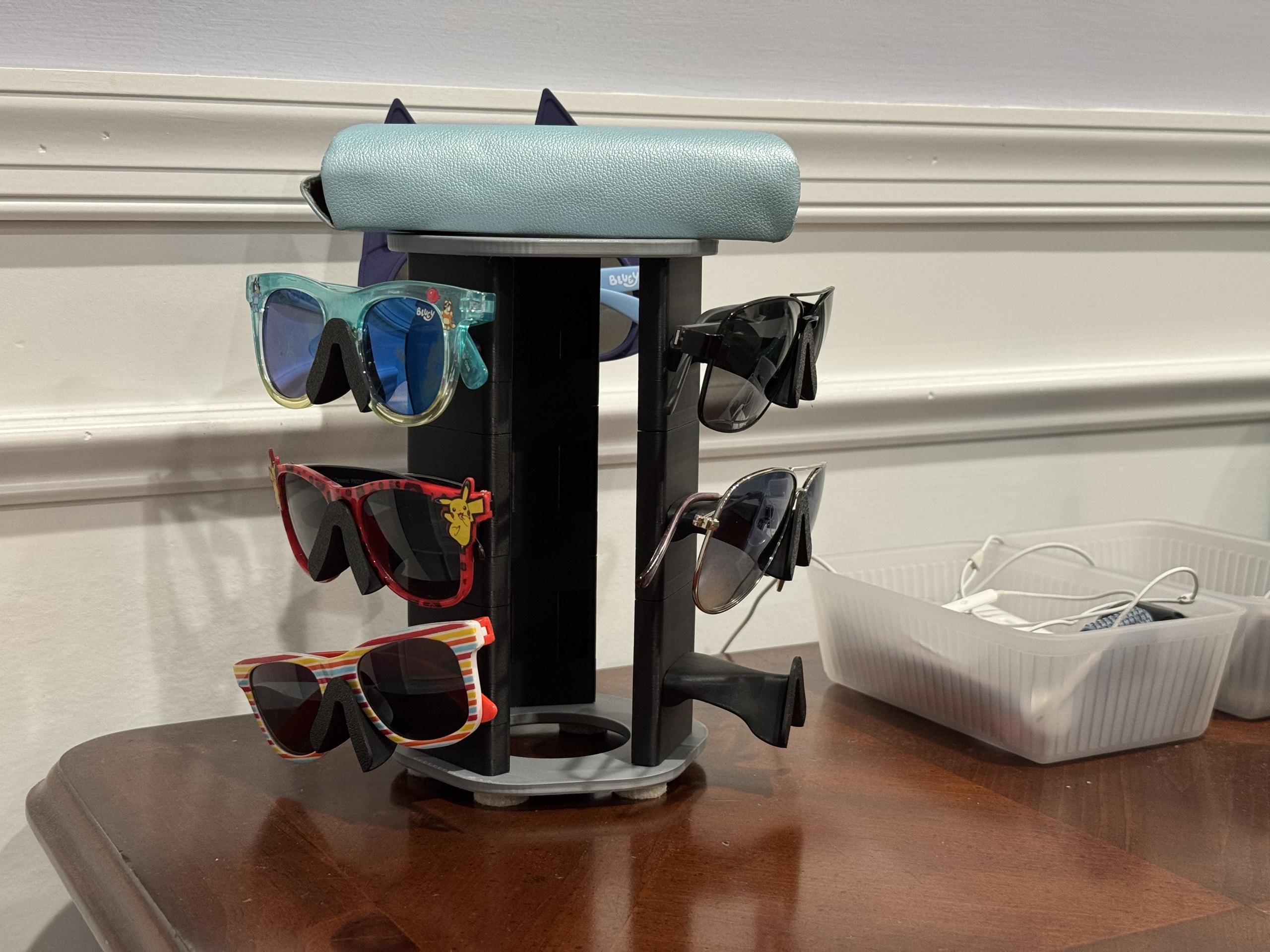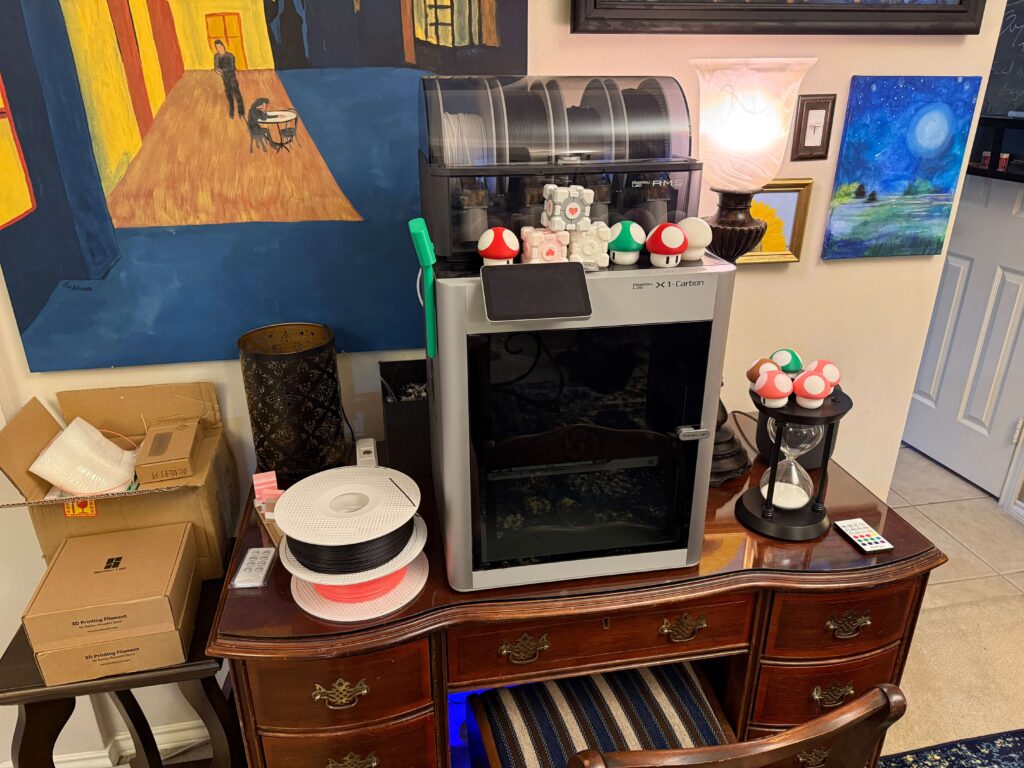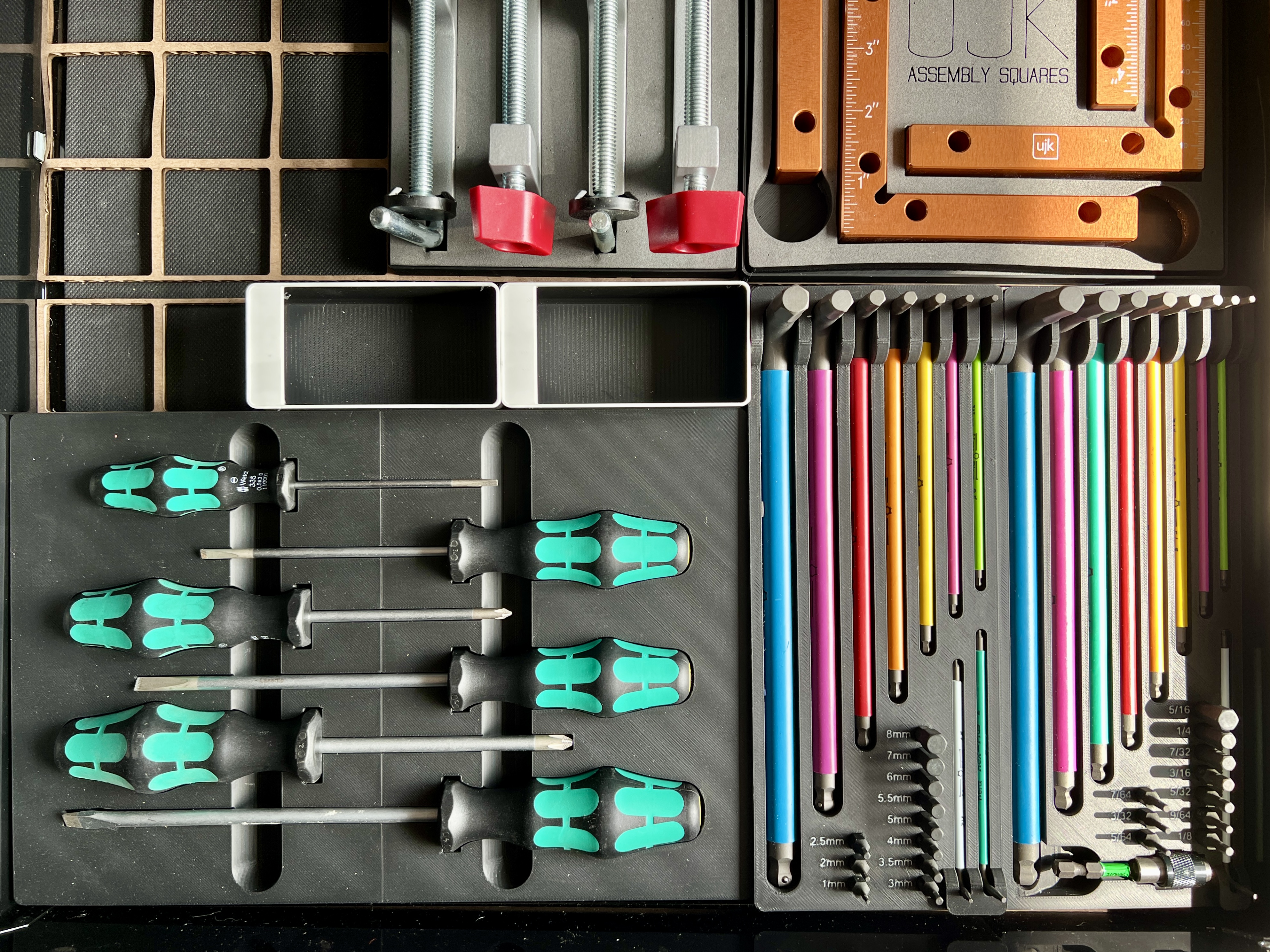Dictionary.com “devastated” paid users by abruptly deleting saved words lists
Logophiles are “devastated” after Dictionary.com deleted their logs of favorited words that they carefully crafted for years. The company deleted all accounts, as well as the only ways to use Dictionary.com without seeing ads —even if you previously paid for an ad-free experience.
Dictionary.com offers a free dictionary through its website and free Android and iOS apps. It used to offer paid-for mobile apps, called Dictionary.com Pro, that let users set up accounts, use the app without ads, and enabled other features (like grammar tips and science and rhyming dictionaries) that are gone now. Dictionary.com’s premium apps also let people download an offline dictionary (its free apps used to let you buy a downloadable dictionary as a one-time purchase), but offline the dictionaries aren’t available anymore.
Accounts axed abruptly
About a year ago, claims of Dictionary.com’s apps being buggy surfaced online. We also found at least one person claiming that they were unable to buy an ad-free upgrade at that time.
Reports of Dictionary.com accounts being deleted and the apps not working as expected, and with much of its content removed, started appearing online about two months ago. Users reported being unable to log in and access premium features, like saved words. Soon after, Dictionary.com’s premium apps were removed from Google Play and Apple’s App Store. The premium version was available for download for $6 as recently as March 23, per the Internet Archive’s Wayback Machine.
A Reddit user who described themselves as a premium customer said they reached out to Dictionary.com’s support email and received a response saying, in part:
After careful consideration, user accounts within the Dictionary.com app have been discontinued. As a result, users are no longer able to sign in to their accounts, and any saved word lists are no longer available.
Unfortunately, since the coding technology that was used in the previous app version is different from what is used in the new app, it is not possible to recover word lists.
This change was part of our recent app update to improve the design, speed, and functionality of the Dictionary.com app. While we understand that this changes how you use Dictionary.com, we are hopeful that you will find the overall improvements provide faster search, additional content, and a better design.
Another person online supposedly received a similar message. Some people said they were unable to get in contact with Dictionary.com. Ars Technica tried contacting Dictionary.com through multiple messages to its support team, the press office of parent company IXL Learning, and The Dictionary Media Group, which IXL launched after acquiring Dictionary.com in 2024 and includes websites like Vocabulary.com, Multiplication.com, and HomeschoolMath.net. We didn’t receive any response.
Dictionary.com “devastated” paid users by abruptly deleting saved words lists Read More »



